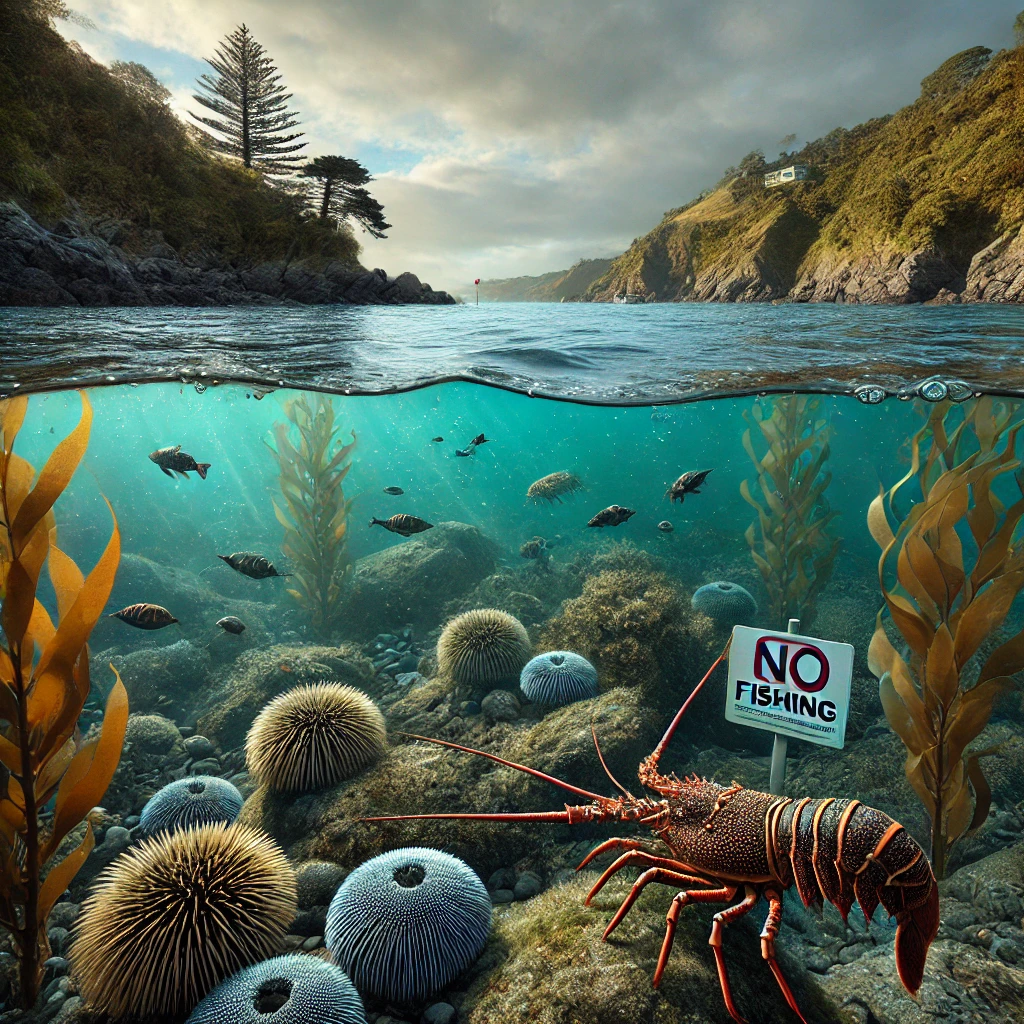Govt Unveils $26M Plan to Revive and Protect the Hauraki Gulf Ecosystem
Central to the plan is the Hauraki Gulf / Tīkapa Moana Marine Protection Act, a transformative piece of legislation that establishes 19 new marine protected areas (MPAs) across the region.

- Country:
- New Zealand
In a landmark conservation initiative, the New Zealand Government has committed up to $26 million in public and private funding to restore and rejuvenate the Hauraki Gulf / Tīkapa Moana / Te Moananui-ā-Toi, one of the nation's most important natural and cultural treasures. The announcement by Conservation Minister Tama Potaka marks the largest coordinated investment in the Gulf's recovery in a generation.
"The Hauraki Gulf is one of Aotearoa's great taonga," Minister Potaka said. "It has sustained our people for centuries — providing food, livelihoods, and identity. But decades of overuse, pollution, and sediment runoff have pushed it to the brink. This initiative is about reversing that trend and ensuring a thriving marine environment for our tamariki, our kaimoana, and our future."
Marine Protection Act: Expanding the Gulf's Protected Areas
Central to the plan is the Hauraki Gulf / Tīkapa Moana Marine Protection Act, a transformative piece of legislation that establishes 19 new marine protected areas (MPAs) across the region. These new sanctuaries aim to safeguard delicate habitats such as reefs, kelp forests, and shellfish beds, providing safe zones where marine life can recover naturally.
Unlike complete closures, these MPAs balance ecological restoration with public access, allowing people to continue enjoying recreational and cultural activities on the moana while protecting biodiversity.
"This Act puts kaitiakitanga — guardianship — into real action," said Potaka. "We're creating spaces where nature can heal itself, while also strengthening our connection to it."
Public Investment: Infrastructure and Conservation Funding
The Government is contributing $6 million from the International Visitor Conservation and Tourism Levy (IVL) to upgrade vital infrastructure across key Hauraki Gulf islands, including Rangitoto, Tiritiri Matangi, and Kawau Island. These upgrades will enhance safety and accessibility for more than 150,000 visitors each year, supporting both conservation and tourism.
Planned improvements include:
-
Upgraded and safer wharves and jetties
-
Improved walking tracks and visitor facilities
-
Enhanced water supply and waste management systems
"These upgrades will make the islands safer and more enjoyable for families, schools, and tour operators," Potaka said. "At the same time, they'll ensure visitors help protect these fragile environments — leaving them better than they found them."
The Government's investment also includes $10.5 million in operational funding through the Department of Conservation (DOC) over the next four years to establish and manage the new marine protected areas. Additional IVL allocations — totaling $8.5 million over the past two years — have already supported upgrades at Cathedral Cove, Goat Island / Te Hāwere-a-Maki, and a $1.5 million weed control programme across pest-free Gulf islands to safeguard native bird and plant species.
Private Leadership: NEXT Foundation's $20 Million Reef Restoration Programme
In a powerful show of public–private collaboration, the NEXT Foundation will contribute up to $20 million over five years toward the largest reef restoration effort in the Gulf's history. This initiative will employ divers, scientists, and local communities to remove urchins from degraded reefs, allowing kelp forests — vital underwater ecosystems — to regrow and flourish.
The first $2 million will fund pilot projects around Te Hauturu-o-Toi / Little Barrier Island, the Noises, and Motutapu Island, with research led in partnership with mana whenua, the University of Auckland, and DOC. These pilot projects will serve as models for future large-scale restoration across the Gulf.
"Within a couple of years, these reefs will once again be alive with fish, crayfish, and shellfish," Potaka said. "It's real, measurable progress for our ocean and the people who depend on it."
The Minister acknowledged the philanthropy of Neal and Annette Plowman, founders of the NEXT Foundation, calling their leadership "a remarkable example of kaitiakitanga and partnership."
Economic and Environmental Impact
The Hauraki Gulf contributes over $5 billion annually to New Zealand's economy through tourism, fishing, and recreation. The restoration plan is expected to generate new conservation and tourism jobs, strengthen eco-tourism opportunities, and improve the long-term sustainability of marine-based industries.
"When the Gulf thrives, our people thrive," Potaka said. "It's not just an environmental project — it's an investment in our economy, our identity, and our future."
The initiative also aligns with the Government's broader strategy to promote sustainable tourism, ensuring that visitors to New Zealand contribute directly to preserving the natural and cultural assets that make the country unique.
A Vision of Kaitiakitanga in Action
This restoration effort represents a rare moment of alignment between government, iwi, scientists, philanthropists, and communities. With the combined force of public funding, private investment, and local stewardship, the Government aims to set a new benchmark for marine restoration across Aotearoa.
"I want to acknowledge mana whenua, community groups, conservationists, and philanthropists who have dedicated years to this cause," said Potaka. "Together, we are ensuring that the Hauraki Gulf will once again be a source of pride, abundance, and inspiration for generations to come."









